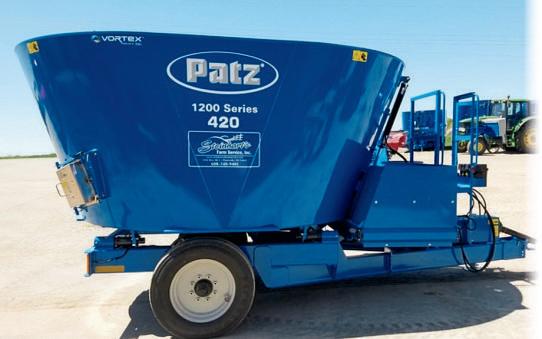
1 minute read
Mapping the Future of Agriculture
The demand for food is directly related to population growth. By 2050, food needs are expected to double, according to a study published in the journal Agricultural Economics. That puts increasing pressure on the agricultural sector to meet growing demand. However, many experts think the industry will fall short. In addition to increased food demand, consumer habits, technology, and policies continue to force the agricultural industry to evolve. Indeed, the agricultural sector may look very different in the future.
Bigger digital footprint
Advertisement
Social media has transformed many industries, and it can do the same for agriculture. Farming supply chains can communicate with one another by getting feedback from customers in real time through social media. However, agricultural operations will have to devote teams to manage social media presence, especially since misinformation is so widespread on social media.
fresh meat and poultry and other items direct to customers' homes.

Regenerative agriculture
Apart from social media, local farmers may increase their efforts to utilize mobile apps and direct-to-consumer purchasing options. The global pandemic helped businesses reimagine takeout and curbside shopping. Local farms may want to market to the home-shopping community, providing ways to deliver produce,
The future may feature a significant shift in the way farms source their ingredients. Regeneration International says that regenerative agriculture can be the future. This describes farming and grazing practices that may help reverse climate change by rebuilding soil organic matter and restoring degraded soil biodiversity. Some insist that farmers who utilize regenerative agriculture produce food that is more sustainable and healthy. This is something eco- and health-conscious consumers can stand behind.
Technological advancement
There's a good chance that technology will continue to play important and growing roles in farming operations. New agricultural technologies can collect data on soil and plant health and produce results in real time. Precision farming technology can be developed to deliver integrated solutions no matter the size of the operation.
Shift in what's grown
Farmers may give more thought to sustainable products. Crops like hemp and cannabis are being utilized in new and innovative ways, and they're only the start as consumers have expanded their views on plant-based foods and products.
While there’s no way to see into the future, individuals can anticipate changes that could be in store for the agricultural sector in the decades ahead.






















